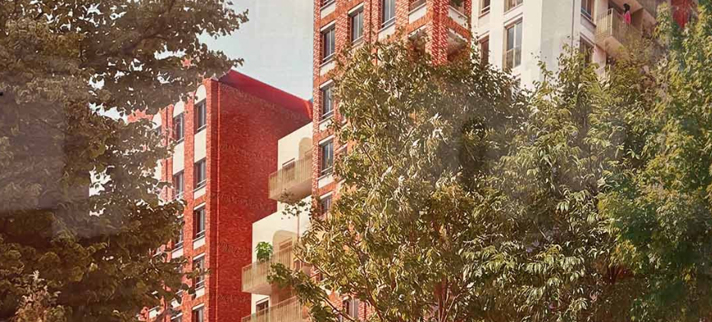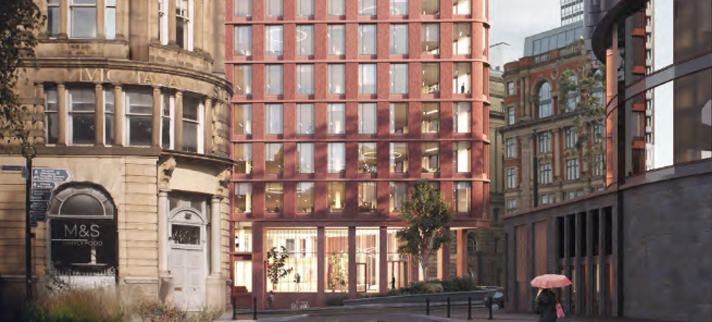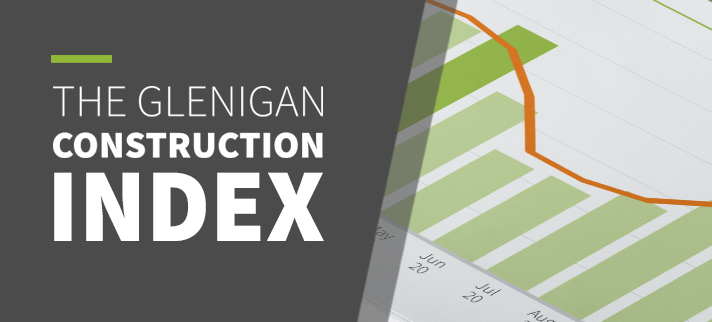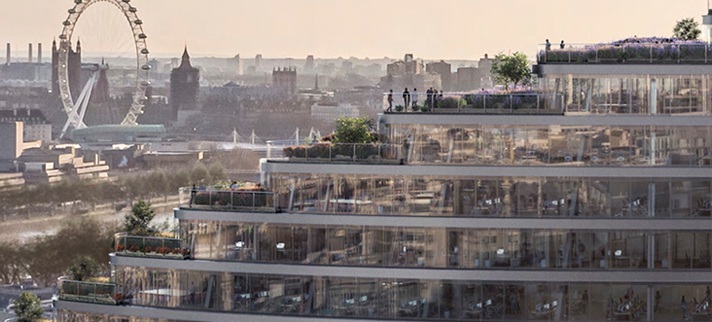Last Updated:
The government’s introduction of a ban on leasehold properties and a weak secondary housing market is hammering starts on new retirement homes.

The leading retirement housebuilders, McCarthy & Stone and Churchill, warned over the implications of the ban and construction market research by Glenigan illustrations the depth of the problem.
Starts on retirement and sheltered homes shrank by 29% in the 12 months to Q3 2018, when work began on 7,323 units (see Chart 1).

Retirement homebuilders are reliant on the secondary housing market, as these vendors are the main buyers for new retirement housing.
With less houses selling, the chain is disrupted. The number of public sector retirement and sheltered homes being built leapt 31% in the past year according to Glenigan’s construction market analysis, but private sector starts built by commercial housebuilders crashed by 42%.
Regionally, the biggest falls in private sheltered housing homes came in the West Midlands with a fall of 73%. There were also falls in the South East and South West of 46% and 24% respectively.
The secondary housing market in both regions is suffering a slump in sales. With ageing homeowners unable or unwilling to sell, retirement homebuilders are building fewer homes.
Subdued position
The retirement sector has always been a small proportion of the overall housebuilding industry and that position is shrinking.
In 2014, 3.6% of all new private housing units entering the planning system were retirement homes according to Glenigan’s analysis (see Chart 2).
This was the highest proportion of retirement homes to enter the planning system since 2005. Last year, just 1.8% of homes in the pipeline were retirement units. That trend looks likely to continue.

Coming out of the recession in 2009, the pipeline of retirement homes grew steadily before slumping 46% in 2015 ahead of the Brexit vote (see Chart 3).
After a recovery in 2016, the retirement pipeline dropped 8% last year as rumours emerged of the plan to legislate on leases.
As the ban was only confirmed in December 2017, the number of units entering the pipeline and starting on site could fall even more this year.

Dual dominance
McStone and Churchill dominate the private retirement sector and sold a combined total of 2,655 units in their most recent trading years but both are building fewer homes.
Completions fell 7% at McStone in their last trading year and the group has changed strategy.
Sales will be capped at around 2,200 homes a year as the focus shifts to growing profit margins to more than 15% to satisfy shareholders.
In the most recent trading year, starts also fell 1% at Churchill, but Glenigan’s construction market research suggests that both companies will grow market share as smaller players (SMEs) exit the retirement sector.
While the overall pipeline of new retirement homes entering the planning system shrank by 8% last year, these two main retirement homebuilders are still applying to build more homes.
The number of units in planning applications made by McStone in 2017 leapt by 41%, while there was a rise of 25% at Churchill.
A combination of the leasehold ban and weakness in the secondary market as the Brexit negotiations drag on has created an uncertainty that appears to be deterring smaller players.
In 2009, 64% of the units in planning applications for retirement housing were from McStone and Churchill. That ratio has since fluctuated, but in 2017, 95% of the units in major detailed planning applications for retirement homes came from McCarthy & Stone and Churchill (see Chart 4).

Going forward
Other indicators also show a slowdown underway as the number of older people buying new homes wanes.
The percentage of people aged 55 or more buying new homes has fallen from 30% in 2011 to just 20% last year according to the National House-Building Council, which provides warranties on 80% of new homes, (see Chart 5).
NHBC data shows that work began on 4,022 retirement homes last year but just 1,263 homes in the first half of this year.

Even though McStone and Churchill are pressing on with planning applications, the drop in the number of retirement homes being built is likely to continue.
The number of private sector retirement homes given detailed planning consent was virtually flat in the latest year according to Glenigan’s data, while a slump in public sector projects dragged overall approvals down by 25%.
Nursing home boom
The outlook for the amount of new retirement housing being built in the near term is not good, but with people staying in their homes longer then moving into nursing homes this is creating a boom.
The underlying value of nursing home construction projects being built leapt by 27% in the year to Q3 2018 (see Chart 6).

This demographic trend looks set to continue with the value of nursing home projects securing planning permission increasing by 10% to £889 million.
With Brexit and stamp duty hikes discouraging ageing homeowners to sell until they need to, the ban on leases is another whammy for the retirement sector but nursing home construction looks set to be an emerging boom.
Not a Glenigan Customer?
Request a free demo of Glenigan today so we can show the size of the opportunity for your business.





